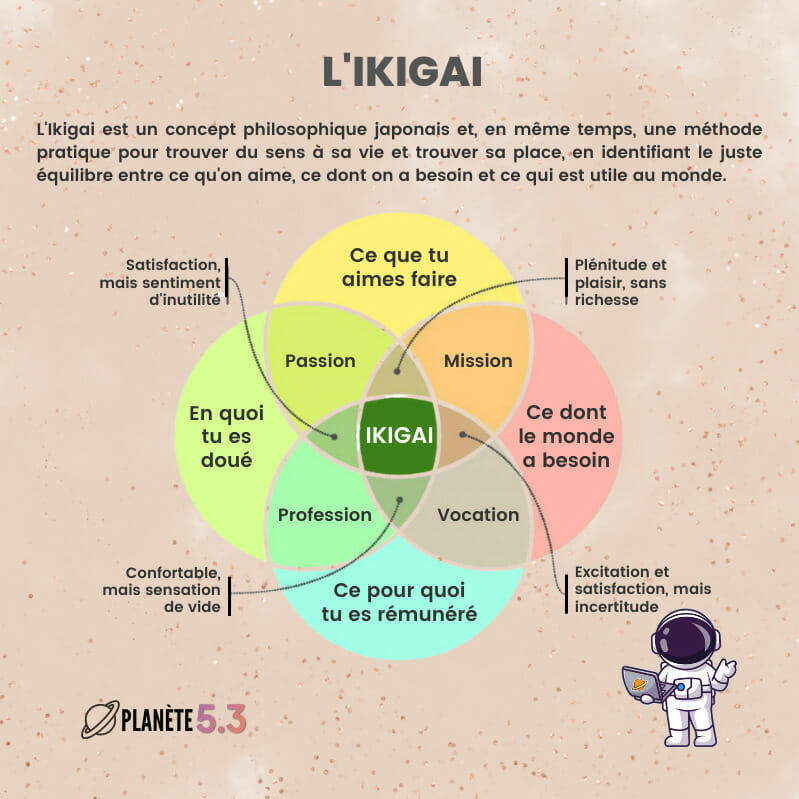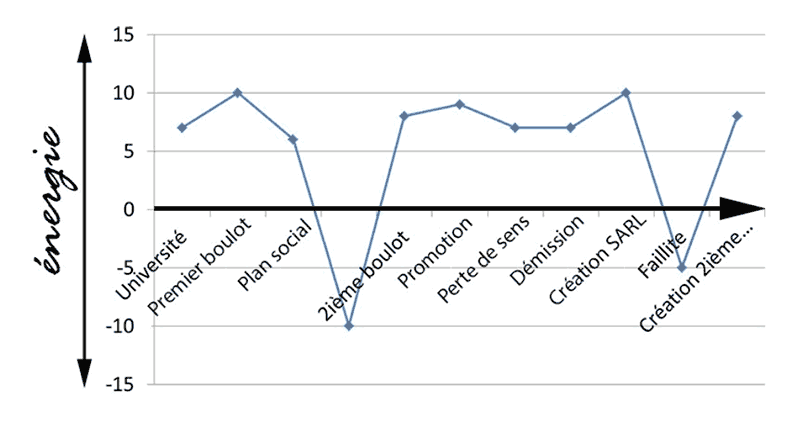Playing sports and doing breathing exercises lead to improved thinking, memory and mood in teens with concussions who are slowly recovering.

- In concussion, changes in heart rate variability may return to normal within weeks or persist.
- 30 adolescents with head trauma had to do either breathing exercises, sports exercises, or a combination of the two methods.
- Improvement in concussion symptoms was observed in young patients who performed both breathing and sports exercises.
Car accident, fall, blow to the head… These events can cause mild head trauma. “A concussion can affect the body’s autonomic nervous system,” reported Robert Davis Moore, professor at the University of South Carolina (United States). Some patients recover quickly from a concussion. In others, recovery is slow. Clearly, symptoms, such as headaches, dizziness, depression, mood swings, memory and concentration problems, take more than a month to disappear.
Variabilities in heart rate after a concussion
“Heart rate variability represents the time interval between heartbeats. For example, a person may have an interval of 60 to 100 beats per minute. As with brain function, all people exhibit changes in their variability after a concussion, which usually return to normal within a few weeks. However, for people with persistent symptoms, these changes persist.” explained the American professor.
According to Robert Davis Moore, helping patients train their breathing to match their heart rate could balance the autonomic nervous system and thus improve symptoms. To verify his theory, he performed a studythe results of which will be presented at the 75th meeting of the American Academy of Neurologywhich will be held in Boston from April 22-27, 2023.
30 teenagers who suffered a concussion were followed
As part of the research, the scientist and his team recruited 30 teenagers who were injured during sports activities and are slowly recovering. The young participants were divided into three groups and categorized according to their age, gender, level of physical activity and body mass index.
For six weeks, the first group did slow-paced breathing exercises with a computer program for 20 minutes a night, four nights a week. The second group performed three sports sessions per week, starting with 20 minutes of low-intensity aerobic activity and then gradually increasing the intensity and duration. The third group did both sports and breathing exercises.
The authors assessed concussion symptoms, heart rate variability, sleep, mood, and thinking and memory skills of all volunteers at the start of the study and then six weeks later.
Sport, breathing: “inexpensive and easy to implement therapies”
According to the results, each intervention resulted in a significant improvement in concussion symptoms. However, patients who performed both sports and breathing exercises showed greater improvements, with a decrease in depressive symptoms and mood disorders. In addition, combining the two methods also allowed them to improve their concentration and memory. “These therapies are inexpensive, easy to implement, and can be self-administered, making them feasible and accessible for anyone with persistent symptoms,” concluded Robert Davis Moore.

















